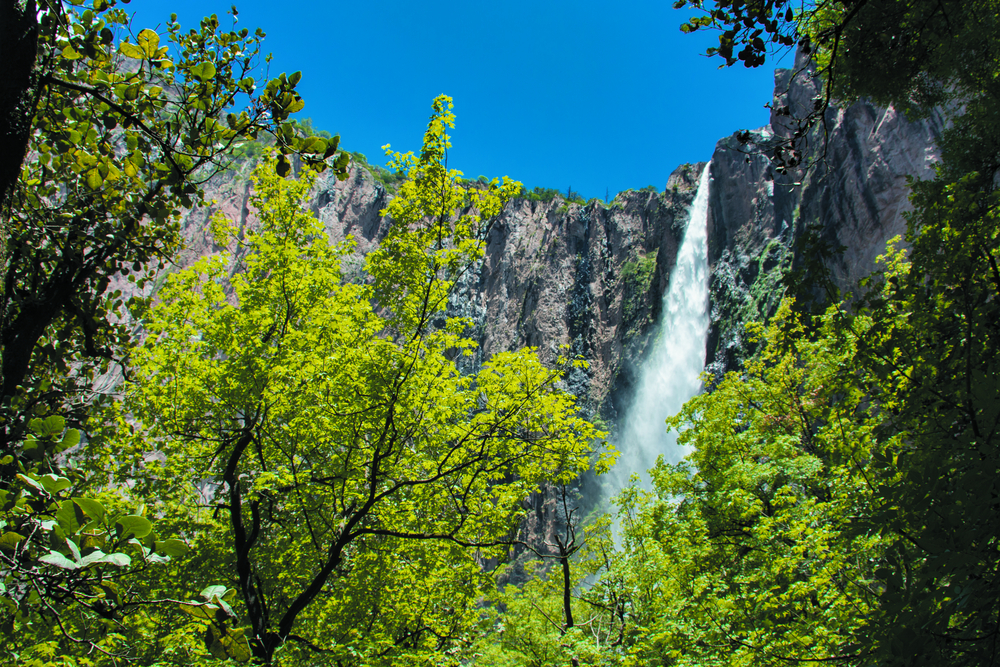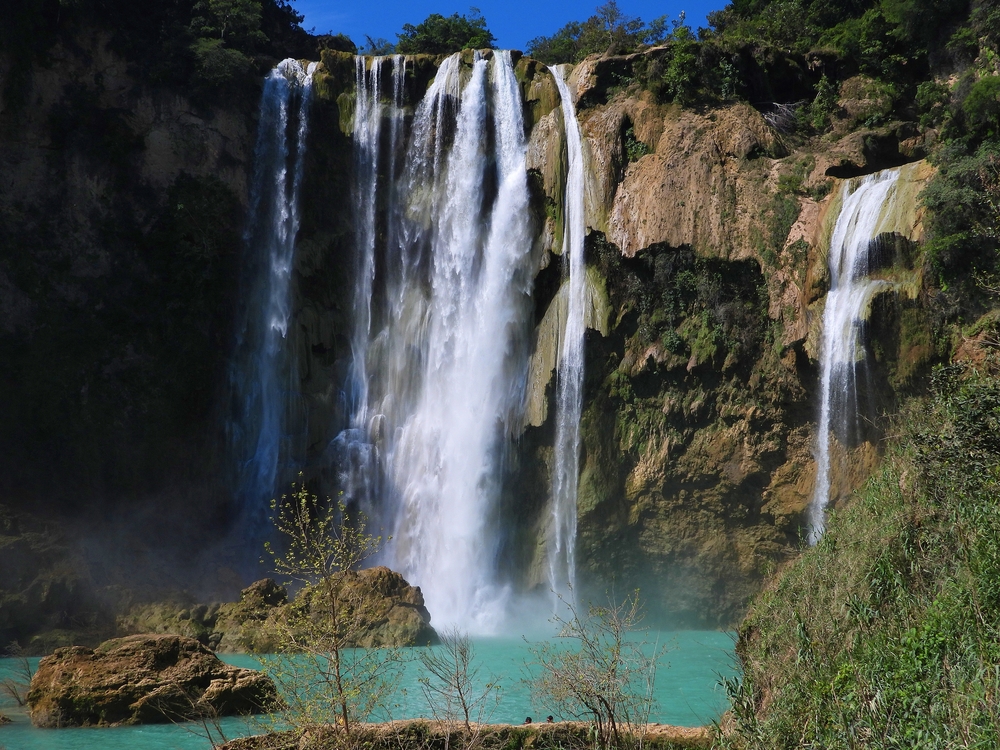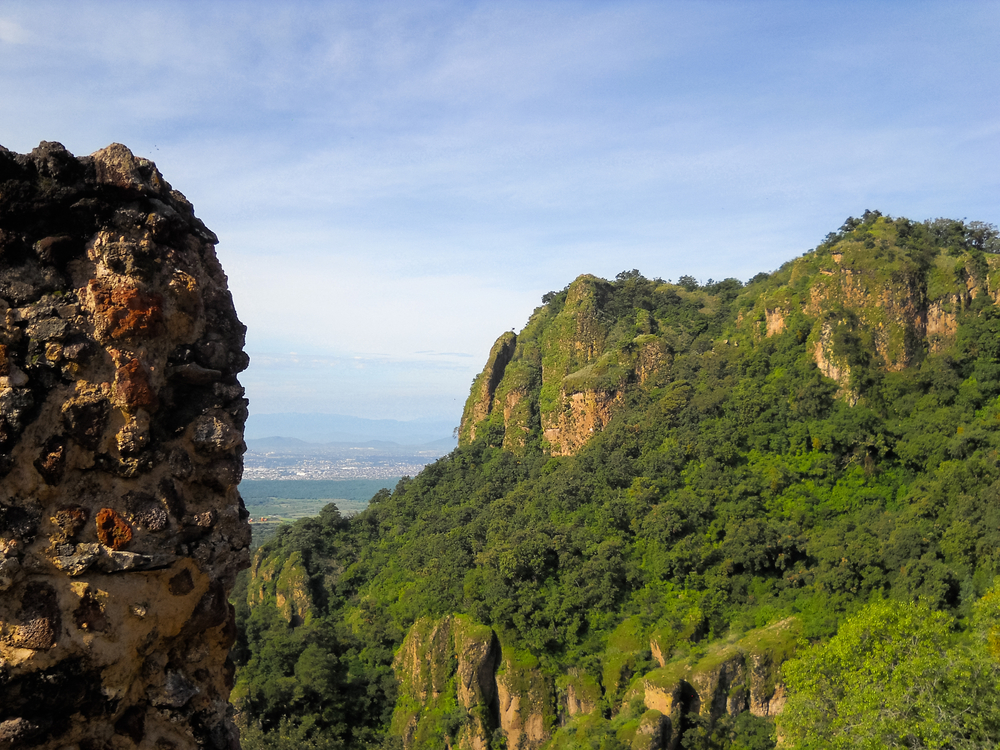El Veladero Overview
El Veladero National Park, or Parque Nacional El Veladero in Spanish, is a protected natural area located in the state of Guerrero, Mexico. Covering approximately 9.87 square miles (25.57 square kilometers), it is situated in the Sierra Madre del Sur mountain range, overlooking the famous resort city of Acapulco.
The park serves as a crucial ecological zone, offering a natural escape from the bustling urban environment below. With its elevated terrain, it provides breathtaking panoramic views of Acapulco Bay and the Pacific Ocean, making it a valued conservation and recreational area.
The landscape of El Veladero National Park is characterized by rolling hills, rugged mountainous areas, and deep ravines. The park’s altitude varies, creating diverse microclimates that support a rich array of vegetation. Dry tropical forests dominate the lower elevations, while semi-deciduous forests thrive in the higher regions.
These forests consist of tree species such as cuachalalate (Amphipterygium adstringens), copal (Bursera spp.), and various species of oak. In the rainy season, the park comes alive with lush greenery, while the dry season transforms it into a more arid environment with scattered patches of dense vegetation.
The park is home to an array of wildlife, providing refuge for numerous mammals, birds, reptiles, and insects. Some of the key mammals found within El Veladero include white-tailed deer, ocelots, armadillos, and coyotes. The park’s bird population is particularly diverse, making it a great destination for birdwatching.
Notable avian species include the military macaw, which is a vibrant green parrot, and the white-fronted parrot, both of which add a splash of color to the tree canopy. Raptors such as hawks and eagles can also be seen soaring above the park’s rugged terrain. Reptiles like iguanas and various snake species are common throughout the park, adapting well to its warm climate.
One of the main attractions of El Veladero National Park is its scenic viewpoints, offering sweeping vistas of Acapulco and its surrounding coastline. Visitors often hike to these high-altitude spots to take in the stunning sunsets and witness the city lights shimmering at night.
The park also has historical significance, as it played a role in Mexico’s War of Independence. The area was used as a strategic location by insurgent forces under the command of José María Morelos, and there are memorials within the park that commemorate this period of history.
Hiking is one of the most popular activities in El Veladero, with trails leading through its rugged terrain, offering both leisurely walks and more challenging routes for experienced hikers.
The park provides opportunities for nature photography, wildlife observation, and picnicking in designated areas. Local guides are available for those who wish to learn more about the region’s ecology and history while exploring the trails.
Despite its beauty and ecological importance, El Veladero National Park faces conservation challenges, primarily due to deforestation, illegal land occupation, and the expansion of urban settlements. Efforts have been made to combat these threats through reforestation programs and increased surveillance by park authorities.
Environmental organizations work alongside government agencies to promote sustainable tourism and raise awareness about the importance of protecting this valuable natural area. Successes include ongoing conservation projects aimed at restoring degraded areas and preserving the park’s biodiversity for future generations.













































































